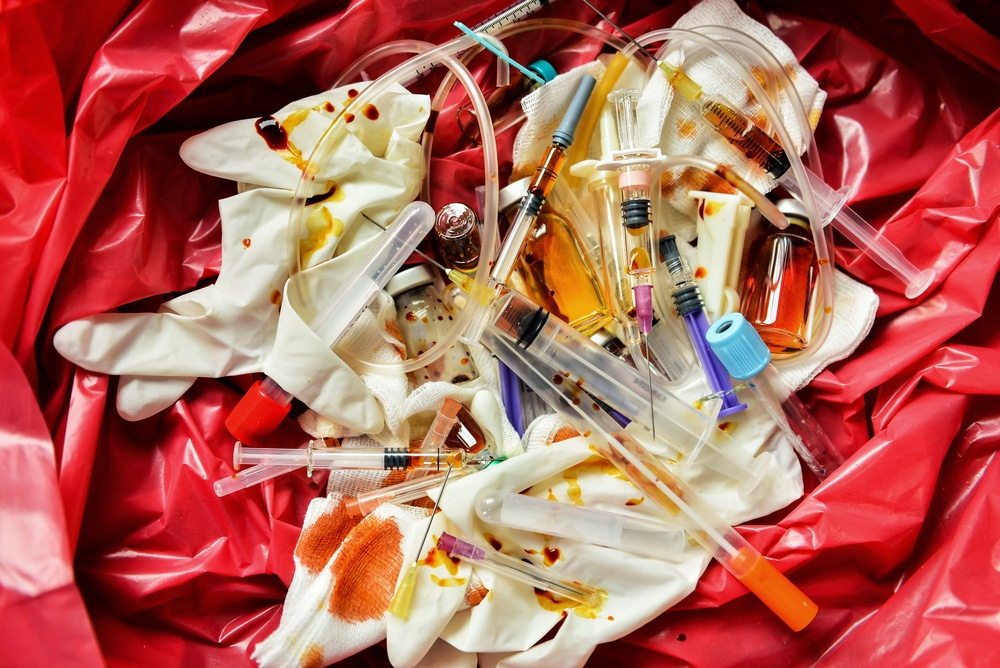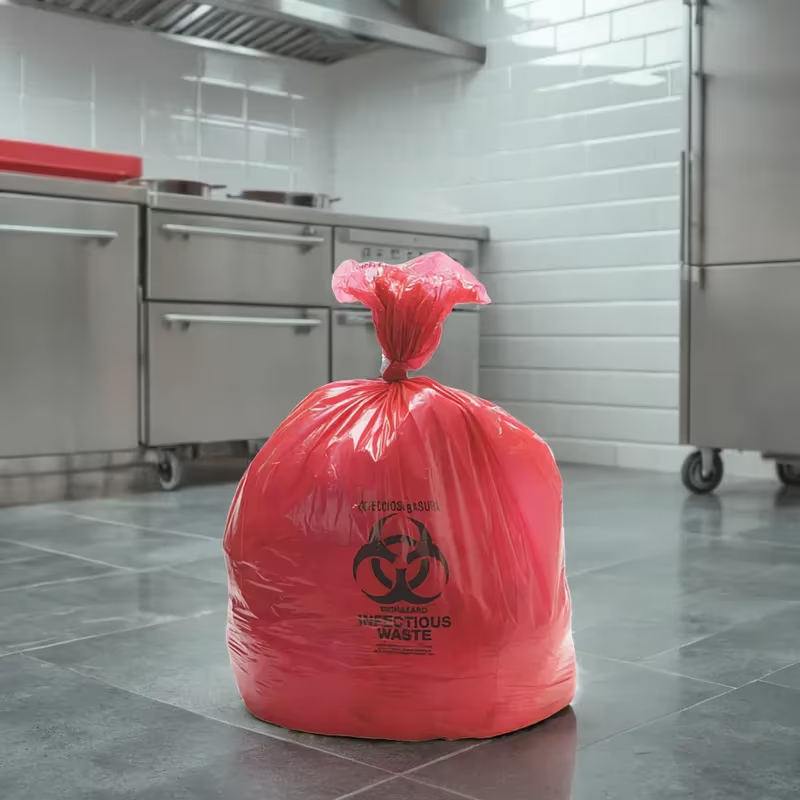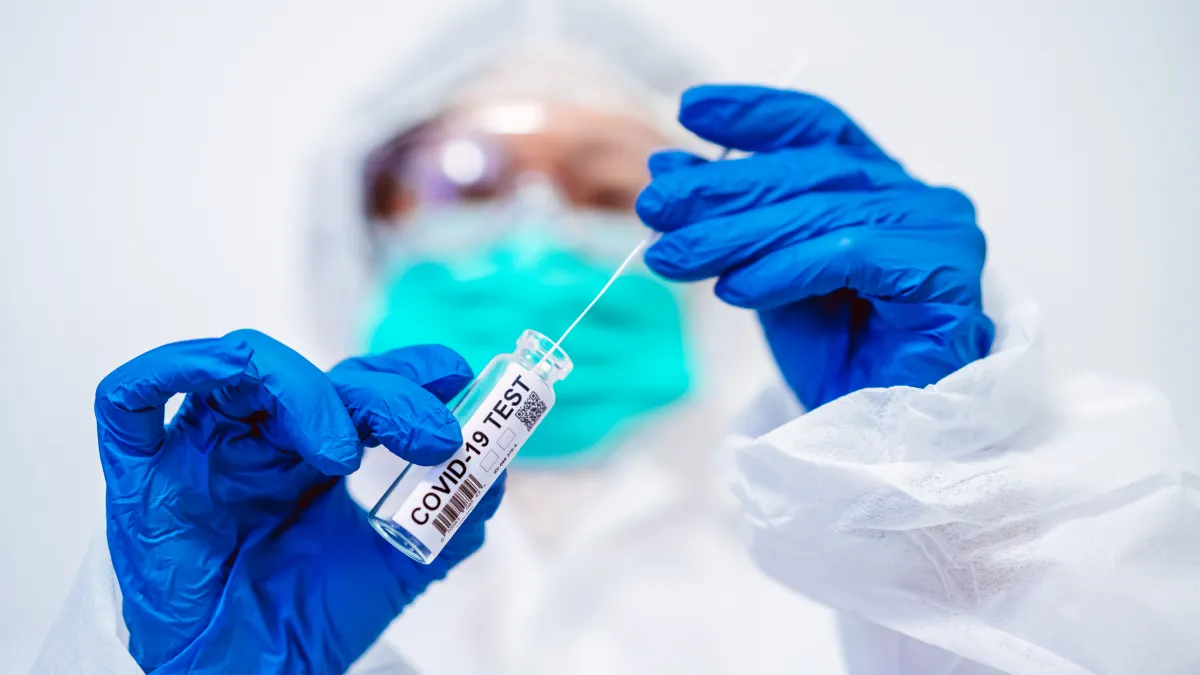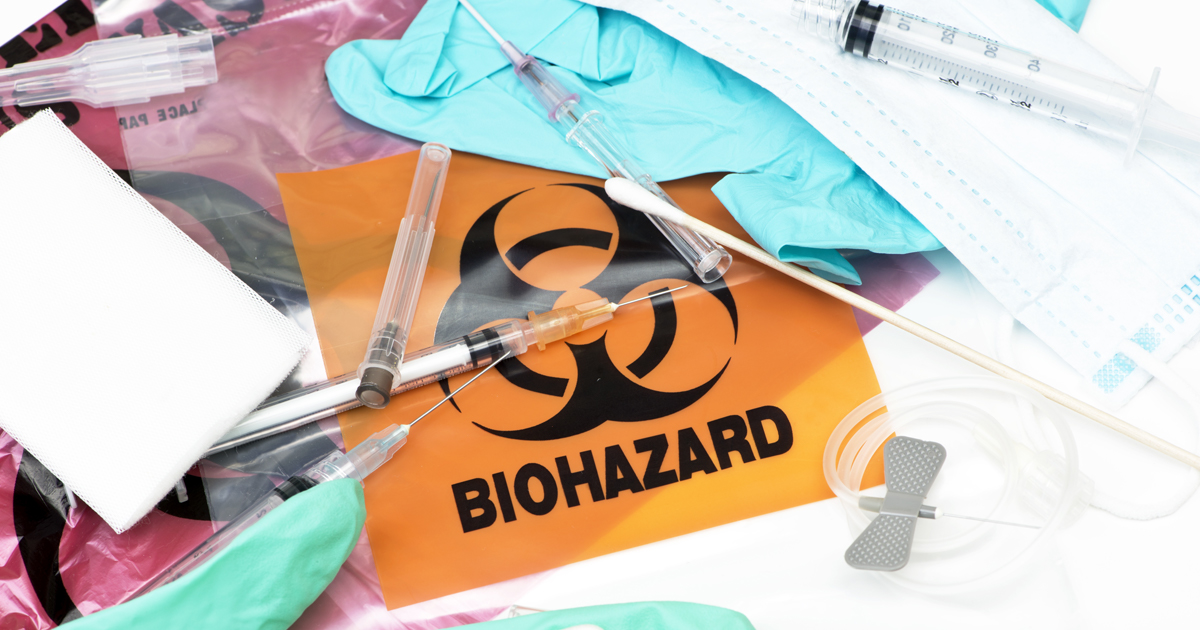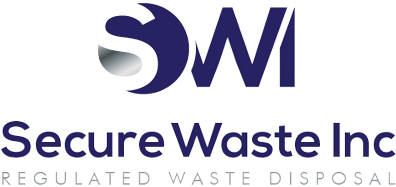Step-by-Step Guide for Properly Packaging Medical Waste for Disposal
Expert Solutions From Secure Waste On Medical Waste Handling And Safety Precautions For 2026 And Beyond
Every healthcare facility – from hospitals to dental clinics – generates medical or biohazardous waste that must be handled with extreme care. This waste can contain hazardous infectious materials that pose a risk to people and the environment if not disposed of properly.
Proper packaging of medical waste involves more than simply disposing of soiled materials into a red bag; it’s a regulated process that requires the use of appropriate containers, labels, and training.
As the waste generator, your facility remains legally liable for that waste even after it leaves your site, so compliance is critical. In this guide, Secure Waste – a trusted partner in compliant medical waste disposal – walks you through a step-by-step process for safely packaging regulated medical waste.
By following these steps, you’ll protect your staff and patients, avoid costly regulatory fines, and even reduce your hospital’s environmental footprint in the process.
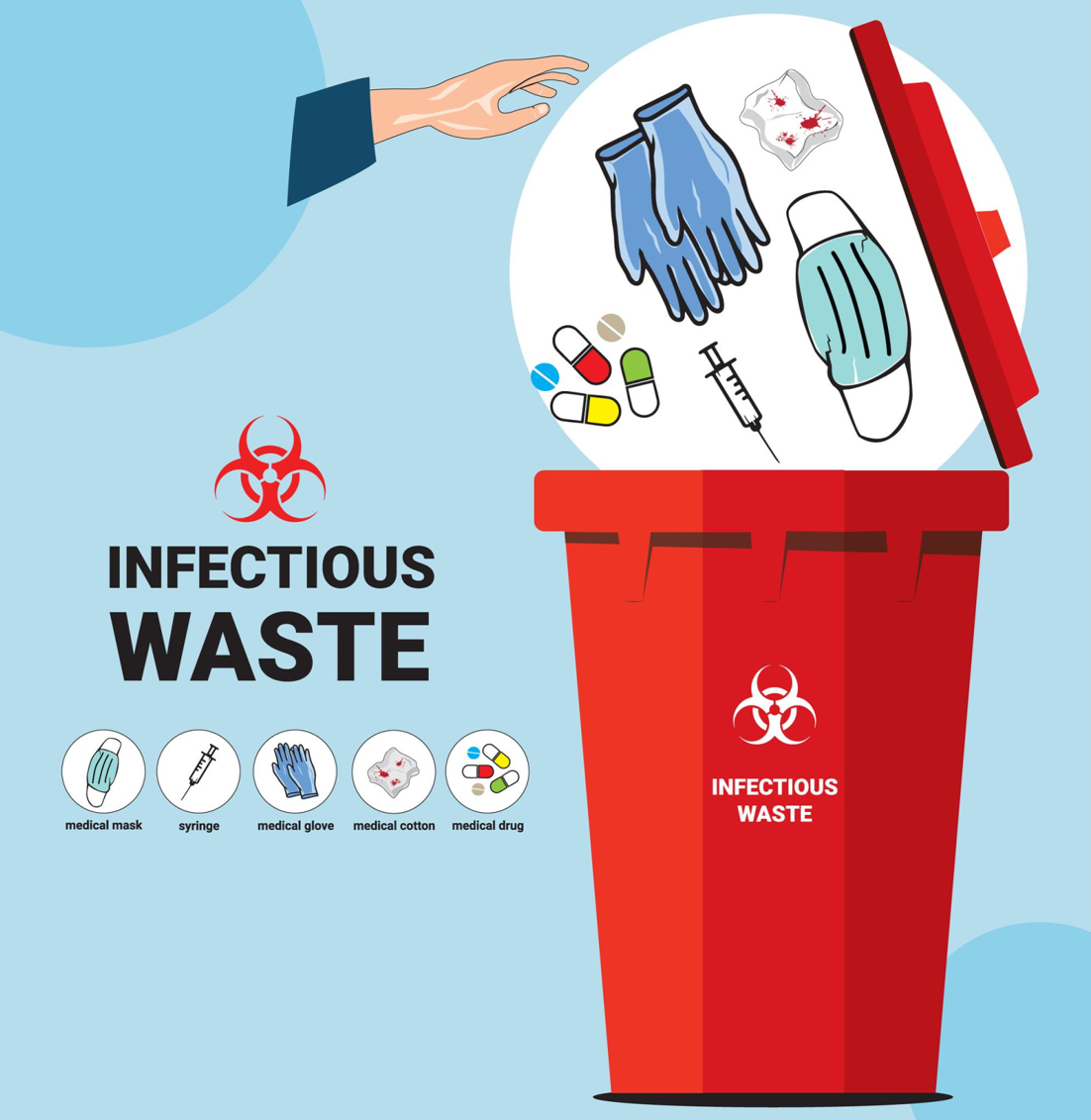
If youre in Virginia and looking for the best ways to handle medical waste youre in the right place Proper disposal is not just a legal responsibilityits crucial for protecting public health and the environment Lets dive into some engaging and essential tips on how to ensure your medical waste is dealt with safely and responsibly
Step-by-Step Guide to Properly Packaging Medical Waste
Step 1: Choose the Correct Medical Waste Container
The first step is selecting an appropriate container for your regulated medical waste (RMW). Always use the vendor-supplied, DOT-approved container designed for medical waste, such as a corrugated biohazard cardboard box or a rigid reusable tub. These containers are built to be leak-proof and puncture-resistant, preventing spills during handling and transport. If you’re using cardboard boxes, assemble them according to the manufacturer’s instructions – for example, tape the bottom seams with 2-inch wide packing tape – so the box is sturdy and won’t leak. Containers should also display the universal biohazard symbol and have orientation markings (arrows) indicating the top, as required by regulations. Using the correct container is essential to ensure the waste will be accepted by your disposal service and transported safely in full compliance with regulations.
Step 2: Line the Container with a Red Biohazard Bag
Before placing any waste inside, line the container with a red biohazard bag (also called a red liner). Red biohazard bags are required for medical waste in most jurisdictions and are usually provided by your medical waste vendor. Make sure the bag you use is rated for medical/biohazardous waste – these are typically thick, leak-resistant bags that meet OSHA and EPA standards. Fit the red bag inside the container, folding the edges over the rim so it stays open and in place. The red color (or sometimes orange, depending on local rules) immediately signals hazardous contents, and using a liner ensures no liquids or contaminants escape the container. This simple step of lining with the proper bag provides a crucial first layer of containment, protecting both your staff and the environment.
Step 3: Segregate and Place Only Approved Waste in the Container
Only put the proper waste into your red-bag-lined container – do not mix other trash or unapproved items. Regulated medical waste (RMW) generally includes any materials saturated with blood or other potentially infectious materials, particularly isolation wastes, or other biohazards. Follow your state’s definition of RMW and your waste hauler’s guidelines on what belongs in red bags. Importantly, never dispose of regular garbage, recyclables, or loose sharps in an RMW container. Sharps (needles, syringes, scalpels, etc.) must first be placed into an FDA-approved sharps container that is puncture-proof and sealed – do not dispose of loose needles directly into the red bag. Once filled and sealed, the sharps container can be placed inside the larger biohazard box or bin. Similarly, keep pharmaceutical waste and chemical waste out of the red bag unless your vendor allows commingling in designated containers. Some items require special handling; for example, trace chemotherapy waste and pathological waste must usually be separated for disposal via incineration only. If your facility generates these, use the specific containers and labels (often yellow for chemo, etc.) as directed by regulations.
Additionally, please be mindful of weight limits and fill levels. Medical waste boxes and tubs typically have a maximum weight (often around 40–50 lbs) to ensure safe lifting. Overfilling a container – whether by weight or volume – can lead to spills or injuries and may violate Department of Transportation (DOT) rules. A good practice is to stop adding waste when the red bag is about ¾ full or the container reaches its fill line. Segregating waste correctly and placing only approved materials in each container will keep your facility compliant and safe, preventing accidents such as needle sticks and avoiding non-compliance penalties for improper disposal.
Step 4: Seal the Red Bag and Close the Container Securely
Once the red liner bag is full (but not overfilled), it’s time to seal it off properly. Don the appropriate PPE (gloves, etc.), then gather the edges of the red bag together at the top. Twist the top of the bag tightly to squeeze out excess air, and tie it into a strong single knot (often called a **“gooseneck” tie) to prevent leakage. For extra security, you can reinforce the knot by wrapping a plastic zip-tie or tape around it – the goal is to ensure no liquids can escape and nothing can fall out of the bag. After the red bag is tightly sealed, close the outer container according to its design. If you’re using a disposable cardboard box, fold the flaps down and tape the top shut with 2-inch packing tape (just like you did the bottom). Ensure that no red bag material is pinched in the seams or visible once the tape is applied. For reusable hard-plastic bins, firmly attach the lid until it snaps into place. Ensure that no part of the bag is sticking out and that no foreign objects impede the lid. The container should be fully closed, with all closures or latches secured as intended.
Could you double-check that the container is secure? A properly sealed medical waste package should not show any signs of leakage or protrusion. Your medical waste pickup service may refuse to accept containers that are damaged or overfilled, as they could pose a hazard during transport. Taking the time to seal bags and containers correctly protects anyone who handles the waste downstream. It also demonstrates your facility’s commitment to safety and compliance – something we prioritize at Secure Waste for every pickup.
Step 5: Label the Container and Prepare for Pickup
The final packaging step is to label the container and get it ready for transport. Medical waste containers are required to have specific markings and labels in accordance with federal and state regulations. At minimum, ensure the red bag and the outer container display the universal biohazard symbol and the word “Biohazard.” Most regulated medical waste boxes come pre-printed with the biohazard symbol; you will then add generator-specific labels. Include any required information, such as the facility name/address, the start date of accumulation, and the waste category if applicable. For example, Pathological Waste or Incineration Only should be clearly marked if the contents require incineration rather than the standard treatment. In many cases, your waste hauler provides compliant labels or barcodes to track the waste; take advantage of this service to stay organized.
Before pickup, place the sealed and labeled containers in your designated area for medical waste storage. This area should be secure and out of public access, with a sign if required by local law. Keep the containers there until your scheduled pickup by your licensed medical waste hauler (such as Secure Waste). Be sure to complete any required paperwork (manifests or shipping documents) that must accompany the waste during transport. Once the waste is picked up, your responsibility as a generator continues in terms of record-keeping: retain copies of manifests and documentation of proper disposal as required by OSHA, EPA, and state health agencies. By labeling and preparing your waste correctly for pickup, you ensure a smooth hand-off to your disposal partner and maintain a transparent chain of custody – critical for both compliance and peace of mind.
Staff Training and Regulatory Compliance
Proper packaging is not just about boxes and bags – it’s also about people. To consistently handle medical waste correctly, your staff must be well-trained and aware of compliance obligations. OSHA’s Bloodborne Pathogens Standard mandates that any employees who handle potentially infectious materials receive regular training on safe practices and hazard communication. This includes understanding how to segregate and package waste, how to protect themselves with PPE, and what to do in case of spills or exposure. Training isn’t a one-time event; it should be done at hire and refreshed annually (at a minimum) to reinforce best practices. Additionally, any staff member who signs medical waste shipping papers or prepares waste for off-site transport must have DOT training (within 90 days of starting such duties and every 3 years thereafter) to comply with federal transportation regulations. These trainings cover the proper classification, packaging, labeling, and documentation of hazardous materials (which includes biohazardous waste) for transportation.
Maintaining a schedule of routine audits and refresher training will help identify and correct any packaging mistakes before they escalate into incidents. It’s wise to have written protocols or a waste management plan that outlines all the steps – from waste generation to final disposal – and to review it with your team regularly. In our experience at Secure Waste, facilities that prioritize staff education see far fewer compliance issues. Remember, regulators can impose hefty fines for mismanaged medical waste, and more importantly, improper procedures could lead to injuries. By investing in employee training and partnering with a knowledgeable medical waste disposal company like Secure Waste, you ensure that everyone involved knows how to package and handle the waste safely. The result is a robust compliance program that combines safety, legality, and efficiency.
Environmental Responsibility in Medical Waste Disposal
Beyond safety and legal compliance, proper medical waste packaging plays a role in your facility’s sustainability efforts. Healthcare waste management has an environmental impact – in fact, the U.S. healthcare sector accounts for roughly 9–10% of the nation’s greenhouse gas emissions (sometimes called healthcare’s carbon footprint). How we handle medical waste can either add to these emissions or help reduce them. For instance, incineration of medical waste (needed for specific hazardous materials) produces carbon emissions, and the transportation of waste over long distances to treatment facilities also contributes significantly to pollution. Hospitals and clinics concerned about medical waste and climate change are seeking ways to mitigate these effects. One strategy is to follow the proper packaging and segregation steps outlined above, which in turn supports more eco-friendly waste management. By separating waste streams, you ensure that only the waste that truly requires high-temperature incineration is sent to incinerators. In contrast, the bulk of regular biohazard waste can be treated with cleaner technologies, such as autoclave (steam sterilization). This reduces unnecessary incineration and the associated emissions.
Another sustainability consideration is reducing the distance and frequency of waste transport. Using appropriately sized containers (not too large or too small) and packing them efficiently – without overfilling – can optimize pickup schedules. Fewer pickup trips or shorter transport routes result in lower fuel consumption and fewer emissions, directly reducing a hospital’s carbon footprint. Some facilities choose reusable delivery systems (like reusable sharps containers and bins) to cut down on single-use plastics and cardboard, further enhancing sustainability. Secure Waste is committed to these eco-conscious practices; we work with healthcare providers to implement greener solutions wherever possible, all while maintaining full compliance. By partnering with a disposal vendor that values sustainability, you can confidently manage your medical waste in a way that protects public health and aligns with your organization’s environmental goals. Proper packaging is the foundation of this process – it ensures waste is directed to the correct location for appropriate treatment, with minimal risk and environmental impact. In short, handling medical waste properly helps your facility “not harm” not only to patients and staff, but also to the planet.
Conclusion and Call to Action
Properly packaging medical waste for disposal is an essential responsibility for any healthcare organization. It safeguards your employees and patients from injury, ensures compliance with OSHA, EPA, DOT, and state regulations, and supports the broader goal of reducing healthcare waste emissions. By following this step-by-step guide, which includes selecting the proper containers, using red bag liners, segregating waste correctly, sealing and labeling containers, and training your staff, you can create a safe and compliant waste management system that operates efficiently.
Medical waste management doesn’t have to be a headache. Secure Waste is here to be your trusted partner in this process. With our decades of experience in compliant medical waste disposal, we provide everything you need: proper containers and red bags, convenient pickup services, staff training support, and expertise in eco-friendly waste management. Don’t leave your facility’s compliance and reputation to chance. Contact Secure Waste today to discover how we can assist you in disposing of medical waste safely, sustainably, and in full compliance with all applicable regulations. Let our professionals handle the complexities of medical waste disposal so you can focus on what matters most – delivering quality care to your patients, with peace of mind that your waste is managed securely and responsibly.
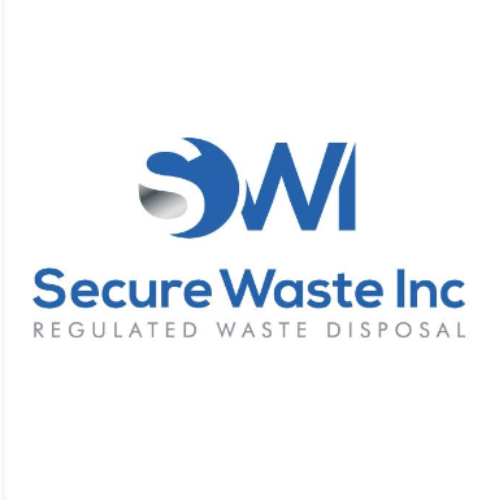
Expert Medical Waste Management: With over 25 years of industry experience, Secure Waste is a trusted local leader in hazardous and biohazardous waste disposal across Maryland, Virginia, and Washington, D.C. Specializing in medical waste management, sharps needle disposal, and biohazard waste removal, the company ensures full compliance with federal, state, and local regulations while prioritizing environmental sustainability.
The company also offers additional services, including secure document shredding and sharps container sales, providing comprehensive solutions for healthcare facilities and businesses. Our cost-effective services help clients maintain regulatory compliance without unexpected costs.
With a commitment to customer satisfaction, Secure Waste offers tailored waste management plans that align with industry best practices. Their team of experts provides reliable, timely, and compliant services, making them the preferred choice for medical waste disposal. For a free waste quote or more information, visit www.securewaste.net
